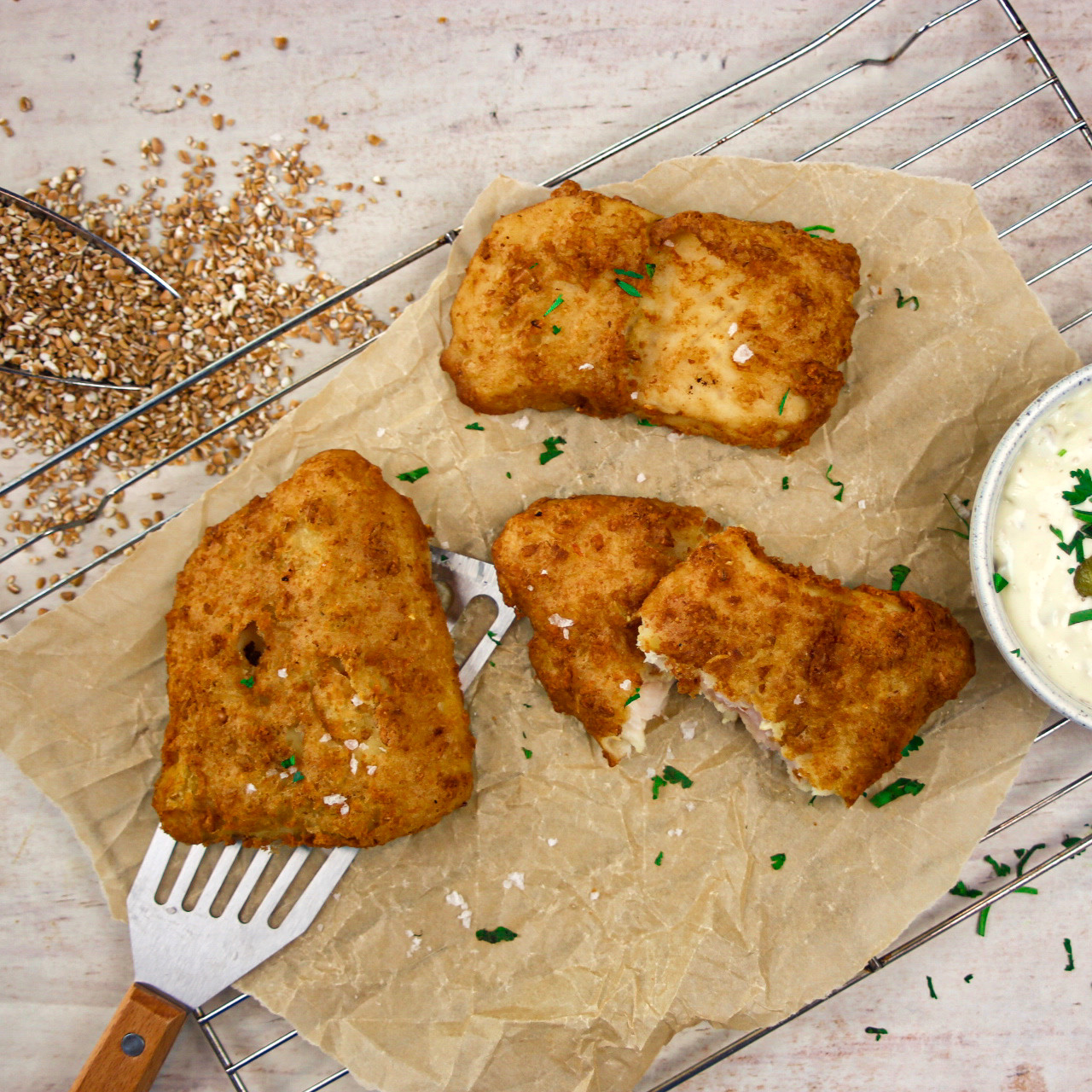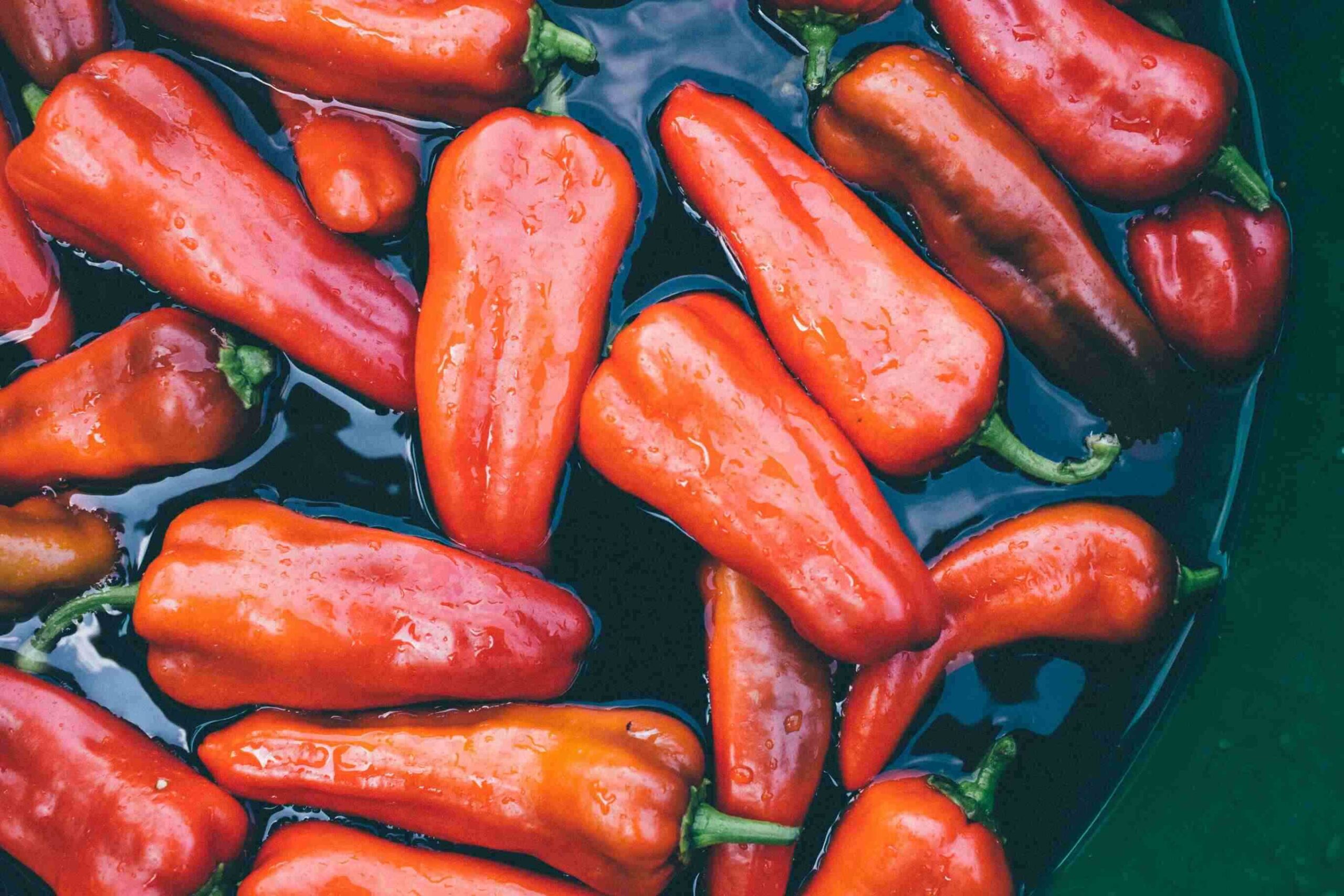- /
- Blog
- /
- Spice Up Your Range: Our Top 10 Hot And Spicy Flavour Trends
Spice up your range: our top 10 hot and spicy flavour trends
Though different trends come and go, hot and spicy flavours in some form have long been popular. These days, however, consumers simply can’t get enough of the hot stuff. Locked down at home and getting tired of the same old meals and the same old flavours, consumers are increasingly seeking out spicier foods as a way provide new and more exotic food experiences within the home – with the added thrill of that addictive spicy kick.
While favourite spicy flavours continue to be popular (peri peri, tikka, sweet chilli) there are many new kids on the block that are drawing people in – and the flavours are coming from all around the globe.
One trend we’re definitely seeing is the splitting down and diversification of general flavourings into more niche and regionalised variants, as well as creative seasoning fusions that bring together new and exciting pairings,
1 – New hot chilli peppers
As consumers become more and more informed and adventurous, ‘chilli’ as a flavour simply won’t cut it anymore. Instead, diners are interested in the distinct flavour profiles, origins and Scoville ratings of individual chilli peppers, from familiar names like jalapeño and chipotle to scotch bonnet, ghost, poblano and the current spotlight speciality pepper, the hatch green chilli, which has a distinct, fresh, green spicy flavour.
2 – African spice blends
Adventurous eaters may feel that Indian and Asian cuisines are now well-trampled ground and are turning to the unique spice blends of a very different continent… Africa. Many North African spice mixes have already become kitchen staples, including Ras el Hanout, Sumac, Dukkah and Harissa. Ethiopian cuisine is on the up, and with it Berbere, a spice mixture which includes chilli peppers, garlic, ginger, basil, Ethiopian cardamom and fenugreek, and Mitmita, a powdered blend including cloves, cardamom, salt, cumin, ginger, cinnamon, and bird’s eye chilli. Then for those seeking something completely different, from Burkina Faso we have Kan kan kan, a unique mix of peanut powder, chilli powder, allspice, and bouillon. Offering many different flavours and textures, African spice blends can transform substrates whether as a rub, spice crust or marinade.
3 – Jamaican jerk
Thanks in part to the popularity of Caribbean restaurants such as Turtle Bay, jerk has secured its place firmly in UK diners’ hearts. Its distinctive, fiery character combines scotch bonnet peppers, thyme, garlic and ginger among other flavours. Jerk chicken is the classic dish but a global rise in the popularity of jerk flavouring has seen it move from chicken to pork, beef, goat, vegetables and plant-based alternatives such as seitan.
4 – Sweet and zingy heat
Creative, contrasting pairings make the heat of chilli really come alive and can give products an intriguing, exotic appeal. Sweet, fragrant fruits make the perfect partner – think mango jalapeño, or chipotle raspberry. As sweetness softens the heat, adding fruit can help make spicy flavourings more palatable to a wider audience. On the flipside, there is also a trend for the tangier side of the fruit flavour spectrum – no surprise given the rise of less-sweet drinks such as gin and tonic. Team the heat of chilli with the citrus zing of lime, lemon, yuzu, kumquat, or ponzu sauce, or other tart fruits such as tamarind and cranberry for a yin and yang taste sensation.
5 – Adventures in South America
Think beyond the TexMex realms of chilli plus cumin – South American cuisine has so much more to offer. Yucatan cuisine is a rich source of new ideas and continues the theme of heat plus tangy and fruity flavours; for example recados, a sour orange and achiote / annatto flavoured spice paste makes an amazing marinade for meats, or chamoy, which combines smoky ancho chile with sweet stone fruits – often apricot. Further afield we find zingy green Argentinian chimichurri and Peruvian chilli with lime, Peru being the source of many different new chilli peppers that are gaining in popularity, from the mild and fruity Aji Amarillo and ají panca to the fiery citrus of rocoto. Hibiscus can be combined with chilli peppers for a tart, floral twist, or use the Mexican herb epazote for a deep and aromatic flavour.
6 – Middle Eastern influence
From Za’tar, to harissa with rose petals, Middle Eastern cuisine has proved a rich source for those in search of new flavour sensations. Pomegranate molasses provides deep colour, fruity flavour and sticky finish that makes it superb paired with chilli in marinades, bringing both an exotic appeal and a highly palatable sweetness.
Aleppo pepper is a buzz ingredient right now; packed with warm and earthy notes it brings a slow-building heat that enhances other flavours. Then there’s Baharat, a spice blend comprised of paprika, cloves, cumin, cinnamon, nutmeg and cardamom that’s so well-loved it’s used as a table-top condiment.
7 – Sichuan Sizzle
The effect of Sichuan peppercorn is hard to describe, but it’s a phenomenon that’s strangely addictive, as attested by its rising popularity all over the world. A key component of Chinese “málà” cooking (from má – numbing, and là – burning), if you’re looking to develop a new product that’s truly unique, lip and tongue-tingling Sichuan peppercorn could be the way to go.
8 – BBQ explosion
2021 could be the year we see US regional BBQ sauce styles really explode UK-side. From the yellow South Carolina-style mustard-based sauce to the hot and tangy Eastern North Carolina sauce made with vinegar and hot sauce, the world of barbecue can offer many different flavour profiles than the traditional “sweet, sticky ’n’ smoky” (that’s Kansas style).
Smoke flavours are proving particularly popular as a means to enhancing plant-based meat analogues – and along with it other fresh-off- the-grill notes such as roasted, toasted, blackened and charred. Try combining these flavours with crispy textures and ‘grilled’ visual cues for an authentic eating experience that stimulates all the senses.
9 – Characterful curries
While classic curry flavours will always be popular, people are now seeking something a little different. South Indian regions provide much inspiration, in particular, the lighter, coconut and tamarind-based flavours of Goa, Kerala and Sri Lanka – perfect with fish or vegetables.
For something more fiery, spicy sambal / sambol is popular in Indonesia, Malaysia and Singapore. It has just the kind of kick chilli-lovers seek, with an earthy and aromatic flavour and plenty of heat. Malaysian rendang is another curry flavour on the up; a spice paste made from lemongrass, garlic, ginger, tamarind, coriander, turmeric, and of course – chillies.
10 – Fermented Korean flavour
Many will already be familiar with the kimchi, but fiery gochujang looks set for superstardom and has even been dubbed ‘the new sriracha’. Gochu means chilli and jang means fermented sauce or paste. Ticking off two trends at once as people seek out gut-healthy fermented foods as well as the exotic, this dense, sticky paste offers a uniquely complex mix of sweet, salty, spicy and umami that helps give so many of South Korea’s most famous dishes their distinctive character. Did we mention it also packs a mean chilli punch?
How Bowman Ingredients can help you
If you’re looking to launch a new product that your customers will love, talk to Bowman Ingredients. We’re specialists in flavour and our New Product Development team can create any bespoke coating you wish for any substrate, from dry mix marinades to pre-dusts and breaders that are bursting with spicy flavour.








